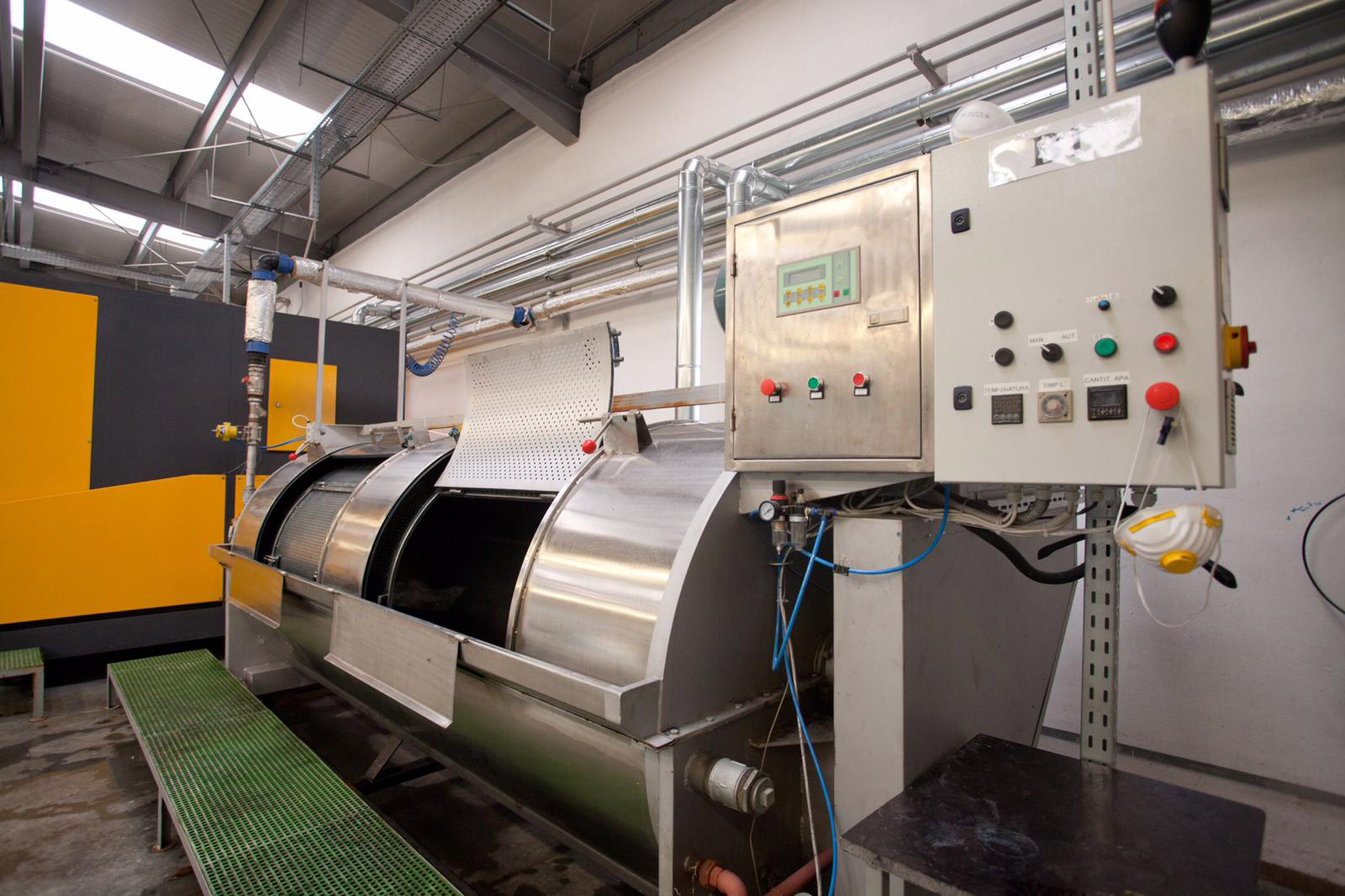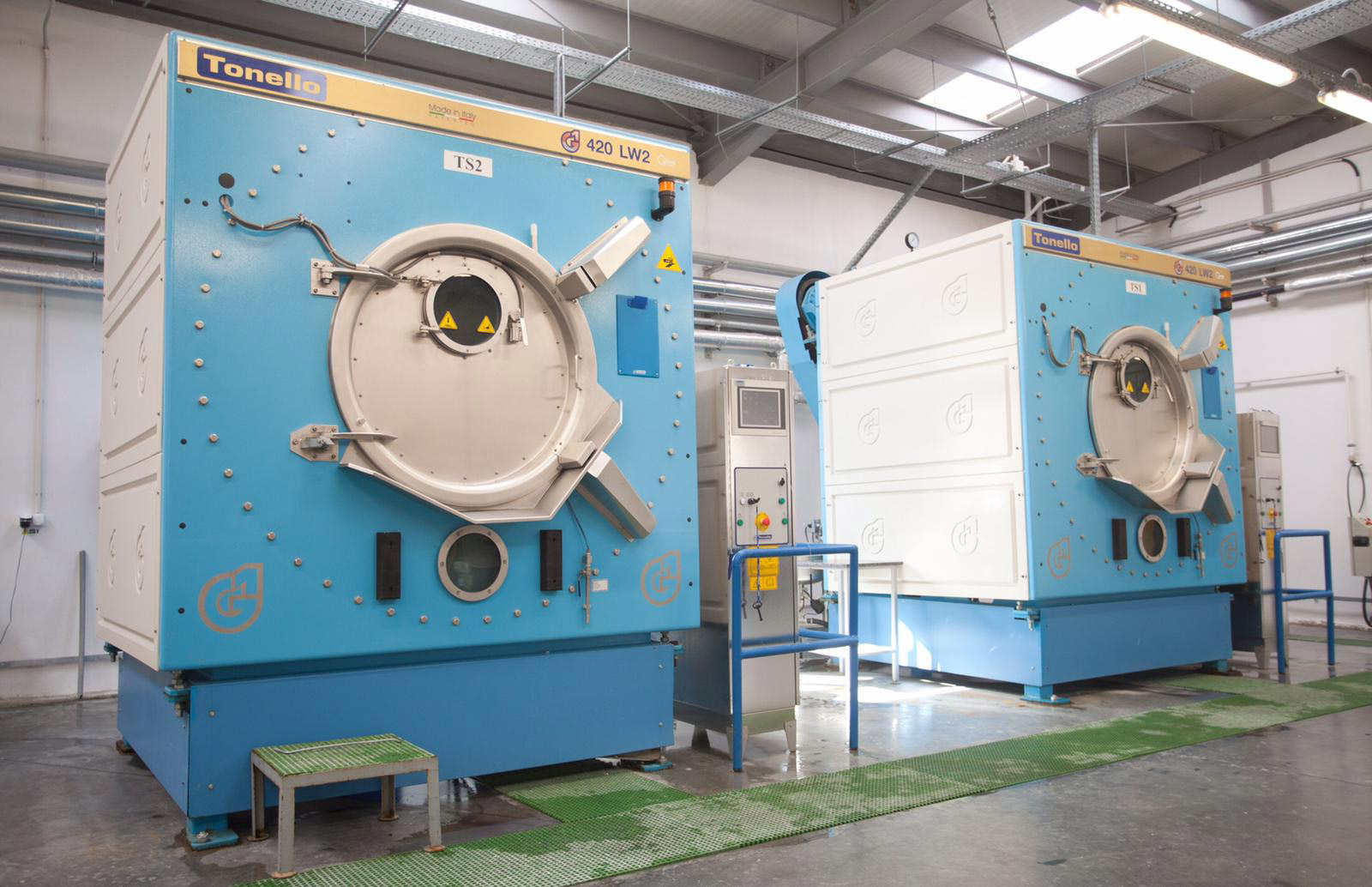WASHING
Our team is innovating on a continuous scale and extends its research and development operations season over season.
Soft wash

All natural fibers have, in the raw state, traces of oils, fats or waxy substances. Fibers become harsher when these fats are removed, following preparation and dyeing operations. The finishing process for granting the softness gives the textile product the initial touch. Synthetic fibers can also be finished to obtain softness, to improve the properties of the cushion that are inferior to natural fibers. We use all types of emollients: Cationic, silicone (microemulsion and macroemulsion), with hydrophobic protection (Nano protect), emollient that reduces yellowing of indigo caused by harmful gases.
Garment wash

The technology which is used to modify the appearance, outlook comfort ability & fashion of the garments is called garment washing. The first purpose is to remove dirt, dust, impurities of garments thus achieve wash look appearance and softness.
Enzyme wash

The enzyme is a living biochemical substances and it works as a catalyst in the washing process. In the washing process at first step enzyme hydrolysis the cellulose and remove the projecting fibers from yarn, therefore faded effects are found by this wash. For getting proper fading effect on garments, enzyme wash is a most essential wash in the garment industry.
Bleach

Bleach wash refers to light blue shades of denim. The additional step is bleaching to stone wash. This bleaching is usually carried out by strong oxidizing agents. In industry, most widely used chemicals are sodium hypo-chlorite, hydrogen per oxide. Discoloration produced is usually more apparent depending on strength on the bleach liquor quantity, temperature and treatment time.
Stone wash (used look)

In order to accelerate the garment wash effect and to give garments an even more unique appearance and softer hand, abrasive stones were introduced to the wash bath. As the stones are used, they slowly disintegrate, reducing the severity of the stone wash effect over a period of time.




